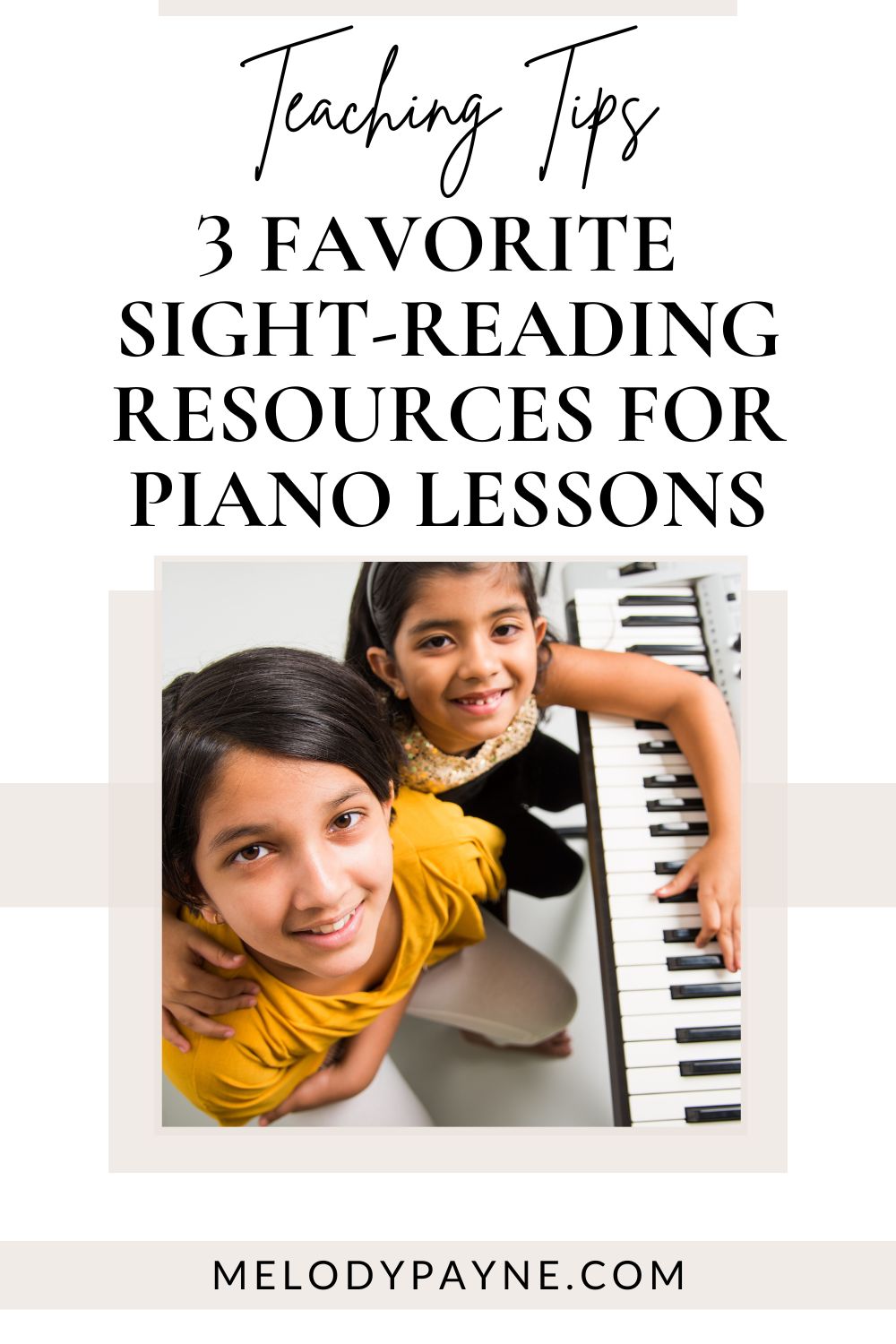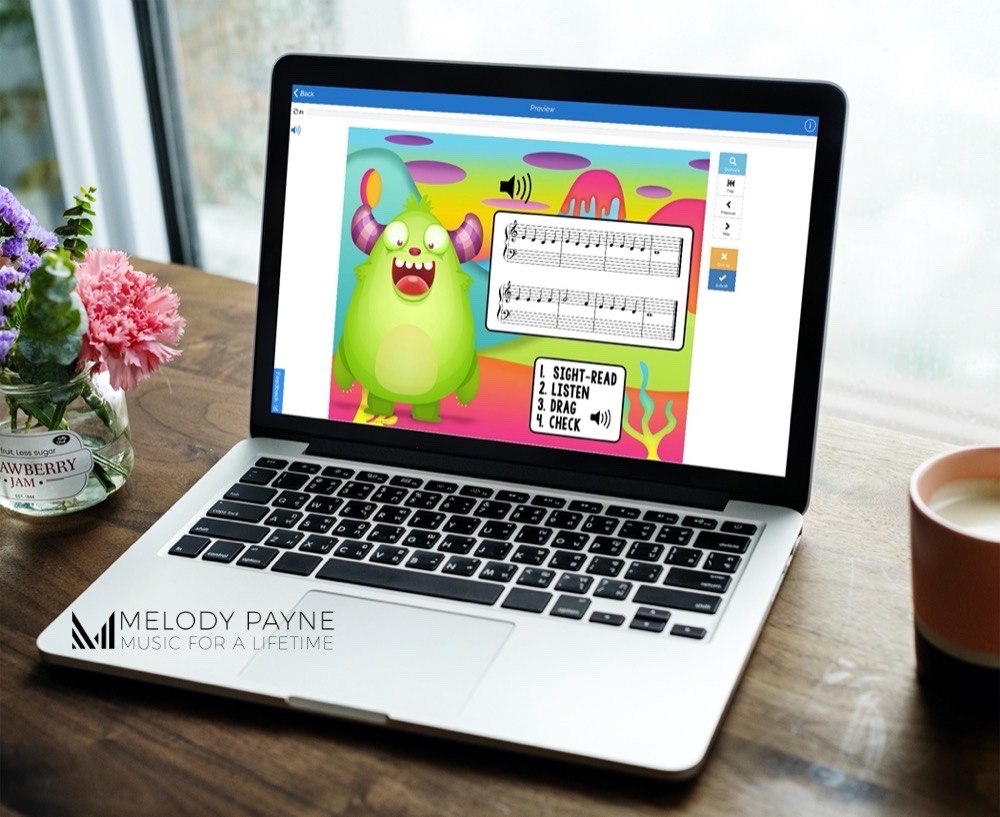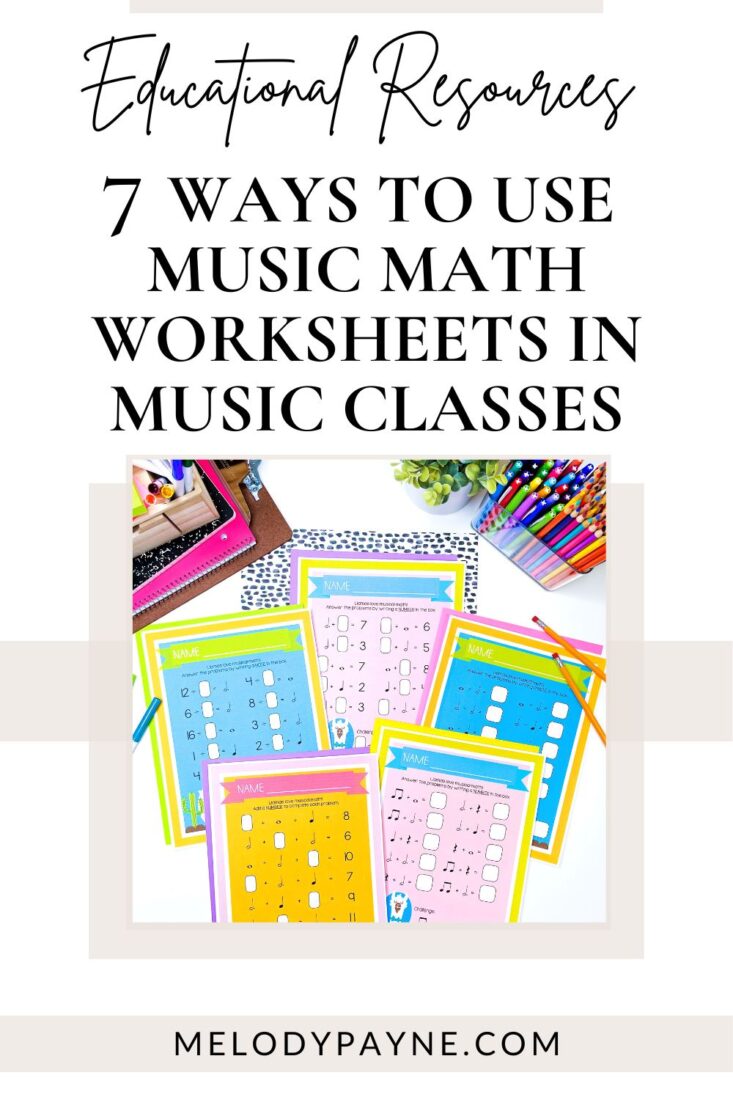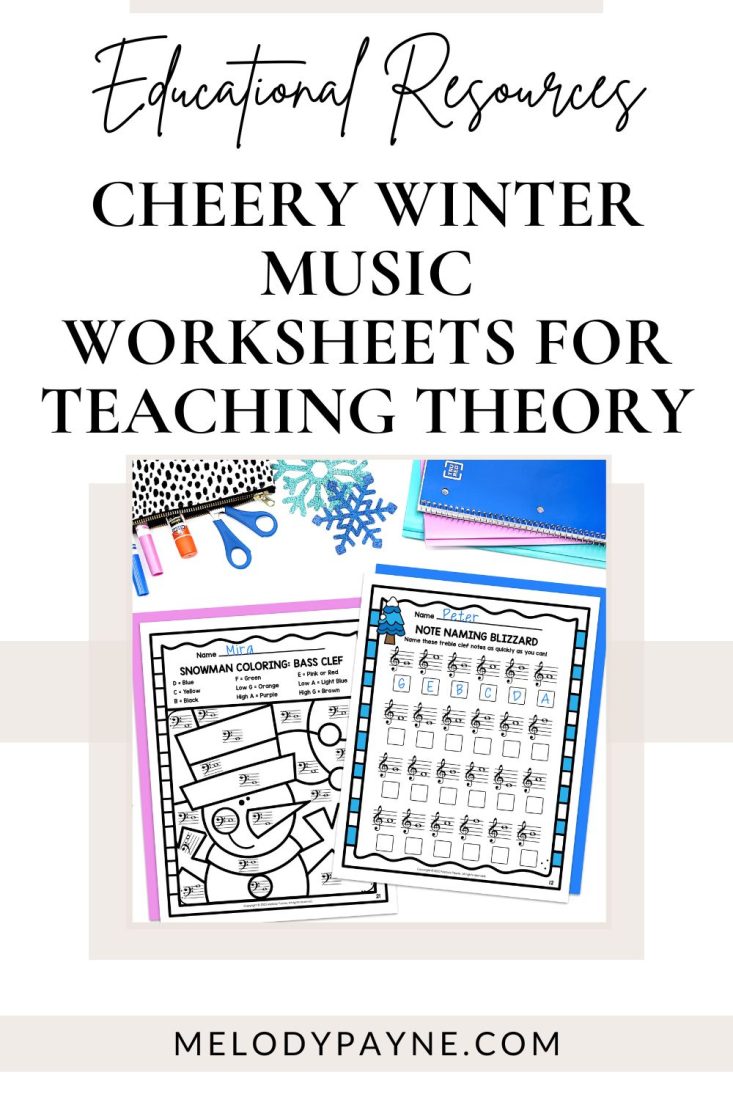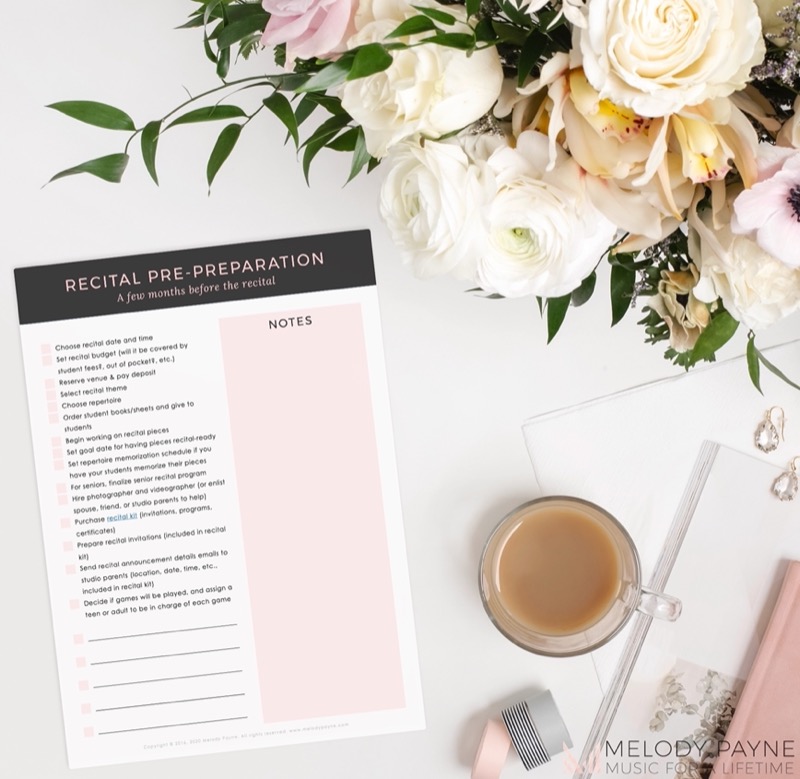My 3 Favorite Piano Sight-Reading Resources to Use in Piano Lessons
This post may contain affiliate links. If you purchase something through an affiliate link, I will receive a small commission at no cost to you. For more information, read the disclosure statement here.
Finding fun and engaging piano sight-reading resources for lessons is a challenge.
I tried sight-reading curriculum books that contain daily homework exercises.
The problem of assigning sight-reading for homework is that students who practice sight-reading unsupervised will naturally place a higher importance on note accuracy over rhythmic accuracy.
I can see why that happens because there is so much emphasis on “note reading” in the beginning stages, so it becomes all about the notes.
While rehearsing with jazz orchestras and ensembles as part of the rhythm section, I learned first-hand that the ability to sight-read complex rhythms (accurately) and keep moving despite inaccurate notes or missed notes is a prerequisite for being able to collaborate.
How can we help our piano students become proficient readers of rhythm and notes? In this article, I will be sharing three of my favorite piano sight-reading resources and tips.
My 3 favorite piano sight-reading resources
1. Preparatory School by Ferdinand Beyer
This book contains a variety of practical and musically satisfying student-teacher duets for three and four hands. The duets are dispersed throughout the book. Students get valuable practice mastering treble clef notes within a variety of meters and tonalities.
I love duet playing because it forces students to address timing. Not only are students getting practice reading, but it’s also easier for them to get a sense of the pulse as they play with the teacher’s accompaniment.
For these duets, I like to have the student play their part 2 times, this way it really does serve as a sight-reading tool. The first time I push for rhythmic accuracy, particularly with long notes and rests.
The second time through could be with the metronome. I do think it’s helpful for students to understand how to play with a metronome under the comfort of simple one-handed melodies like these first.
As for the rest of the technical exercises that are not duet-based, the teacher still has the option to have the student sight-read the hands separately or have the student play RH while the teacher plays LH, then switch.
Five minutes of guided, consistent sight-reading practice this way would be valuable for the student. The exercises also have transferable benefits, as it helps prepare young students to play easy classical literature such as Burgmuller Op. 100.
2. Music Monster Sight-Reading and Ear Training Boom Cards™
The benefit of this activity is that students practice sight-reading and ear training within one activity.
I like these sight-reading and ear training cards in particular because it allows you to target specific note groupings depending on what the student’s deficiencies are: all treble clef space notes (which is handy for learning F Major) or treble clef line notes only (handy for learning G Major), and more.
In this activity the student sight-reads the cards first, then listens to the recording and chooses the correct example.
For the student’s sake, the best part of this sight-reading resource is that it’s actually fun.
I know sometimes with activities, we might think a student will find it fun, and they don’t. However, students love how interactive these Boom Cards are, and it keeps them interested while they learn valuable reading and listening skills along the way.
If you’re new to Boom Cards™ read our article Getting Started with Boom Cards™ in Piano Lessons here.
3. Sight-Reading “Cards” Using Excerpts from Future Repertoire
For efficiency, it makes sense to have students sight-read material that they will be learning soon. However, the challenge is that students are just not excited to do this as a separate sight-reading exercise. Yet they would benefit from having read the piece before being tasked to learn it.
So, my idea is to do the same thing anyway, but be sneaky about it. Print a page of a piece they will be learning months down the road (download a wide variety of public domain music from IMSLP). Then cut out individual measures or groups of measures and mix it up so that it is unrecognizable. To address ear-training and rhythmic accuracy, it’s helpful to play the excerpt correctly for the student before they try it for a second time.
Using colors makes it visually appealing and helps you to keep track of what has been completed. e.g., “We read through the orange cards, next week we’ll try the blue cards.”
Or you can use color card stock paper to print out different pages. If it’s repertoire that you often assign students, then you can reuse the sight-reading cards with different students as needed.
What are your favorite piano sight-reading resources? Feel free to share your ideas in the comments below!
Need more piano teaching help?
Don't miss out!
Follow us on Facebook and Instagram, join our Facebook group for piano teachers, and subscribe to the newsletter to get helpful teaching tips, resources, and tutorials delivered straight to your inbox every week.
Michelle
Michelle
Welcome!
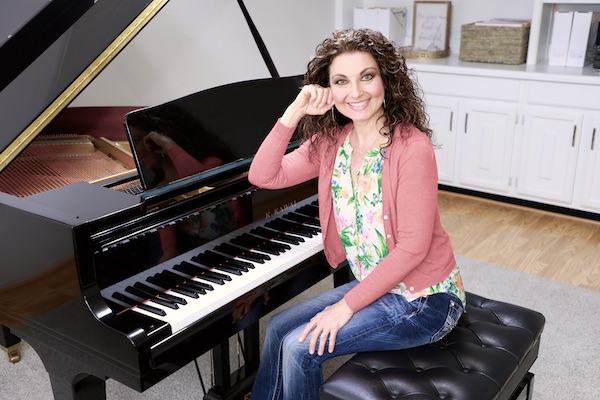
Hi! I’m Melody Payne, a pianist and piano teacher, educational resource author, a fun-loving wife to the most wonderful and talented hubby I could ask for, and a lifelong learner who loves to share. I want to make your life as a music teacher easier by writing and sharing helpful and relevant music teaching articles, and by creating educational resources with your very own students in mind. If you are a parent who wants to enroll your child in piano lessons, I’d love for us to get started building those skills that can give your child a lifetime of musical enjoyment!

